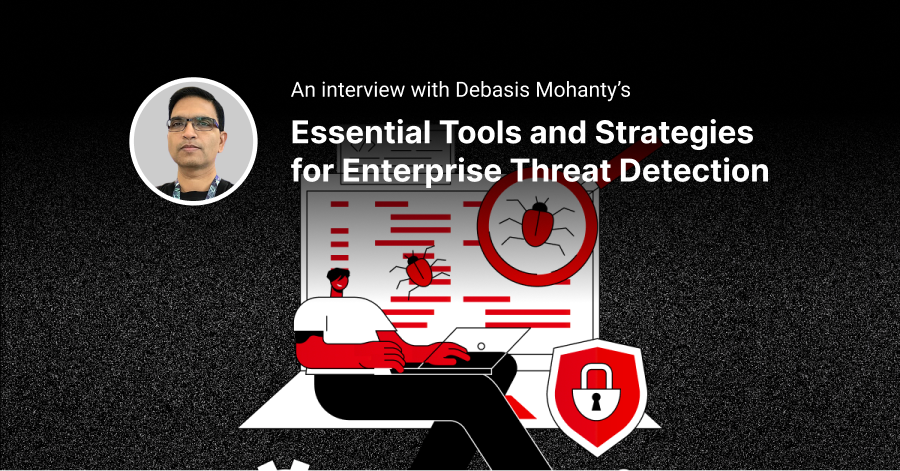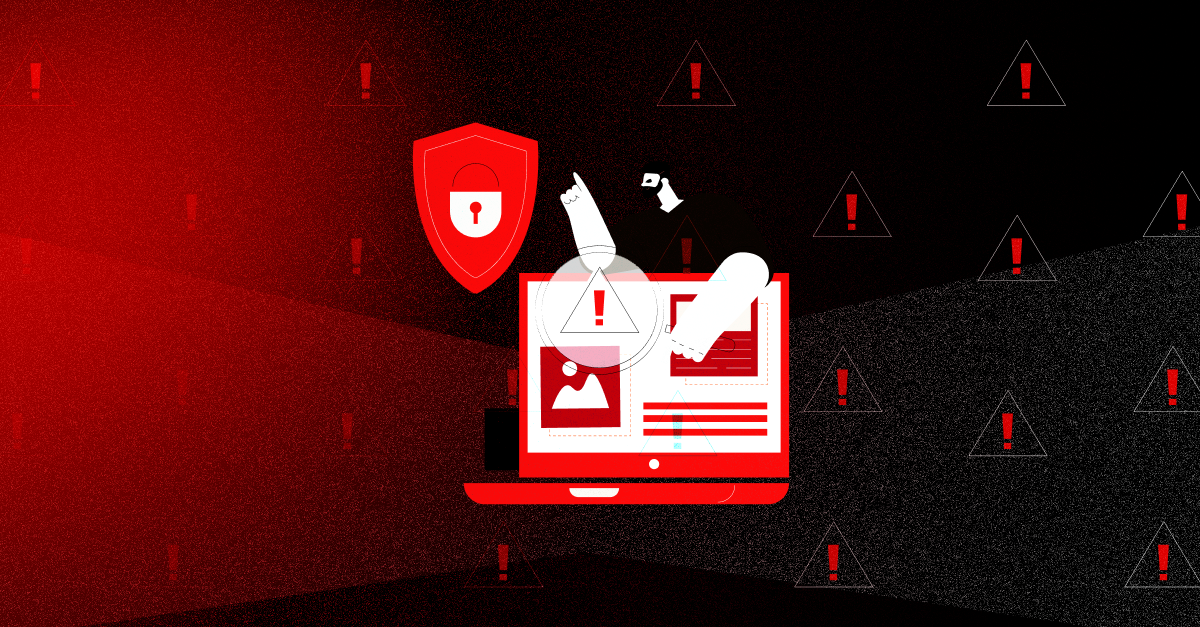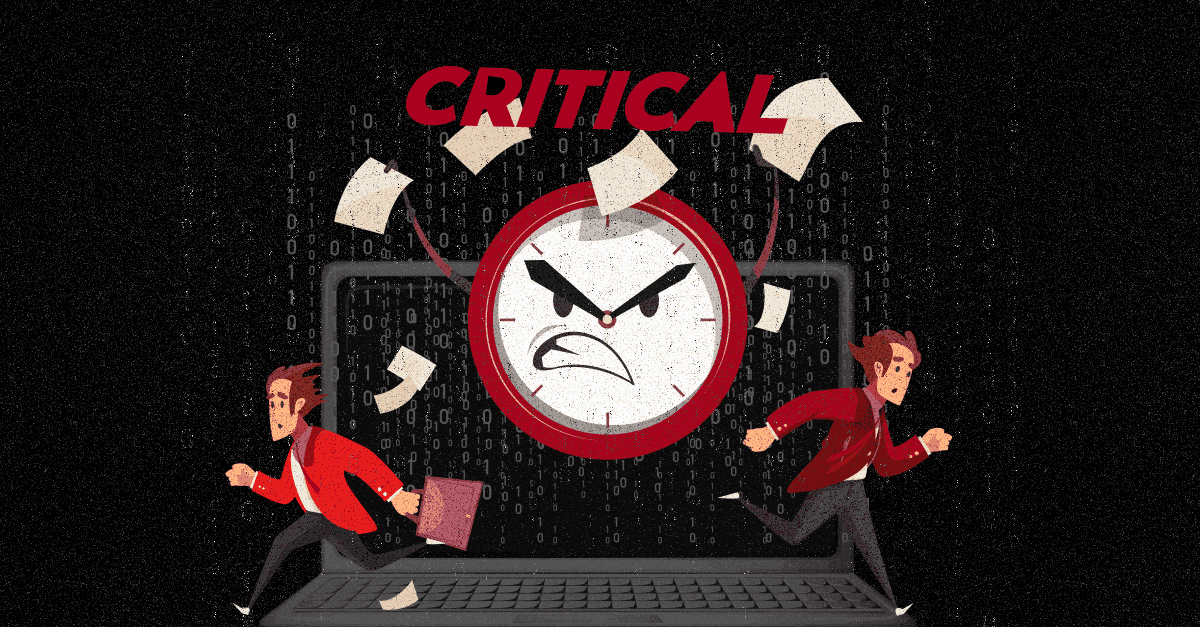Can your organization afford to lose its most valuable asset? Data is the backbone of modern business, and its loss can have catastrophic consequences. A single minute of downtime can cost thousands of dollars, making reliable data backup a critical component of business continuity.
In this blog post, we're highlighting the importance of data backups and key considerations for planning your own effective backup strategy.
The Alarming Reality of Data Loss
Data loss can strike at any moment, crippling businesses and inflicting severe financial consequences. The threat landscape is vast and complex, with various factors contributing to data loss, including:
- Hardware and software failures
- Accidental deletion or mislabeling
- Cyberattacks, such as malware and ransomware
- System downtime
These threats can arise from within or outside an organization, necessitating vigilance and preparedness. The dynamic nature of these risks demands a proactive approach to data protection.
In today's data-driven world, organizations rely heavily on digital information. As a result, data loss can have far-reaching implications. Effective data protection and recovery strategies are essential for mitigating these risks and ensuring business continuity.
The Impact of Data Loss on Enterprises
Imagine losing access to critical business data – customer information, financial records, or intellectual property. The consequences can be devastating. Data loss can bring your operations to a grinding halt, damaging your reputation and bottom line.
Financially, the fallout is immediate. Downtime costs organizations millions of dollars in lost revenue, compromised customer transactions, and wasted resources.
But the damage doesn't stop there. Data breaches and loss incidents erode customer trust. When sensitive information is compromised, customers question your ability to protect them. This loss of confidence translates to decreased sales, reduced customer loyalty, and a damaged brand image.
Operations also suffer significantly. Without critical data, you struggle to meet customer demands, manage supply chains, maintain regulatory compliance, and support business decisions. Your business also stands the risk of completely shutting down if you can't recover critical data.
Regulatory penalties are another concern. Depending on your industry, data loss can trigger severe fines and legal action. Non-compliance with data protection regulations like GDPR, HIPAA, or PCI-DSS can lead to costly audits, investigations, and reputational damage.
Lastly, data loss affects your team's morale and productivity. Losing critical data means losing expertise and institutional knowledge. Employees become stressed, productivity plummets, and your business suffers.
The Threat of Ransomware: A Growing Concern
Ransomware attacks are an unfortunate reality. In fact, three-quarters of organizations suffered at least one attack in the past year, with 26% facing four or more incidents. Even more alarming, many security firms warn that attackers can lurk undetected for up to 200 days, making it possible that some organizations may not yet have discovered breaches.
These attacks have devastating consequences, including business interruption, damage to brand image, loss of productivity, and increased pressure on IT teams. The financial impact extends far beyond ransom payments, affecting organizations in profound ways.
Backups Under Attack
Bad actors now target backup repositories, recognizing their value. A staggering 96% of attacks focus on backups, with 76% successfully compromising them. On average, 37% of backup repositories are affected.
Recovery Challenges
Even after paying ransom, one in three organizations cannot recover their data. Moreover, 31% of infected servers cannot be simply wiped and restored, emphasizing the need for alternative infrastructure and comprehensive disaster recovery planning.
Effective Defense
To counter these threats, organizations adopt a multi-faceted approach:
- Implementing indestructible backup repositories (resistant to cyberattacks)
- Applying the 3-2-1 rule (physical separation, on-premises, and cloud destinations)
- Ensuring diversity in backup storage (on-premises, cloud, and offline)
Source:
Ransomware Trends Report 2024
The Pitfalls of Incomplete and Failed Backups
Given the rising tide of ransomware attacks, it's no surprise that improving backup reliability has shot to the top of the agenda. Today, it's not just about backing up data - it's about ensuring that data is secure, easily recoverable, and protected from threats. That means having backups that are immutable and unalterable.
Backups are not always effective. Enterprises continue to grapple with the challenge of incomplete and failed backups, which can have devastating consequences. The reliable protection of cloud-hosted workloads, particularly Infrastructure as a Service (IaaS) and Software as a Service (SaaS), has emerged as a top priority for organizations. This is hardly surprising, given the rapid shift towards cloud-based infrastructure - today, 45% of workloads reside on cloud-hosted servers, alongside 28% on physical servers within datacenters and 27% on virtual machines. Legacy backup methods often struggle to keep pace with this transition, resulting in unreliable or incomplete backups that cannot be restored. As a result, improving backup reliability has become a pressing concern for enterprises worldwide.
Enterprises need to seek comprehensive backup solutions that seamlessly integrate detection and remediation capabilities, and store critical data in secure, immutable repositories. While cost considerations remain important, they have taken a backseat in today's complex threat landscape, where the ability to ensure business continuity and protect against data loss and downtime has become paramount.
Best Practices for Data Backup and Recovery
Effective data backup and recovery require a unified approach, integrating people, processes, and technology. To safeguard critical data, organizations must prioritize collaboration between IT and security teams, ensuring prevention, detection, protection, and recovery efforts are aligned.
Proactive planning is key. Assuming the worst-case scenario, develop a comprehensive cyber preparedness plan, incorporating robust backup solutions, secure storage, and incident response strategies. This plan should account for the alarming reality that many organizations struggle to recover quickly from data disruptions.
In reality, data recovery often falls short. Tests frequently fail to meet recovery targets, and infrequent testing exacerbates the problem. Manual recovery processes, prone to errors and delays, further complicate the issue. To combat this, organizations should focus on streamlining recovery processes through automation and orchestration.
A thorough backup strategy is indispensable. This includes implementing secure, tamper-resistant storage solutions and regularly validating backup integrity. Flexibility is also key, enabling recovery to both on-premises and cloud-hosted infrastructure.
Protect Your Most Valuable Asset
Data loss can have catastrophic consequences for businesses. The ever-evolving threat landscape, coupled with the limitations of traditional backup methods, underscores the need for proactive, comprehensive data protection strategies.
By understanding the risks, adopting best practices, and implementing enterprise-grade backup solutions, organizations can safeguard critical data, ensure business continuity, and mitigate the financial and reputational damage of data loss.
Ultimately, effective data backup and recovery require a unified approach, integrating people, processes, and technology. Prioritize collaboration, proactive planning, and automation to protect your most valuable asset – your data.






